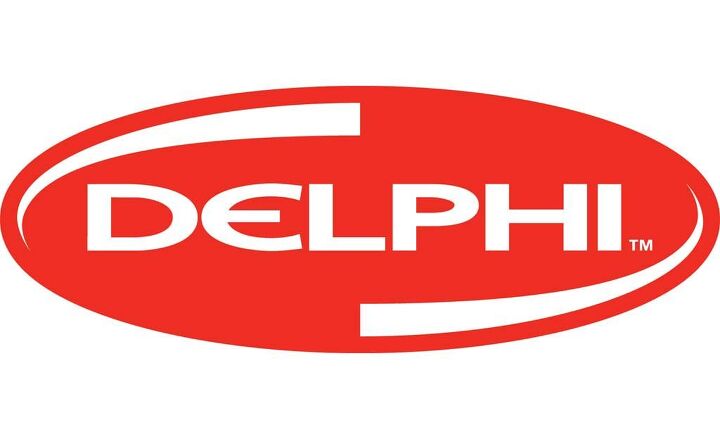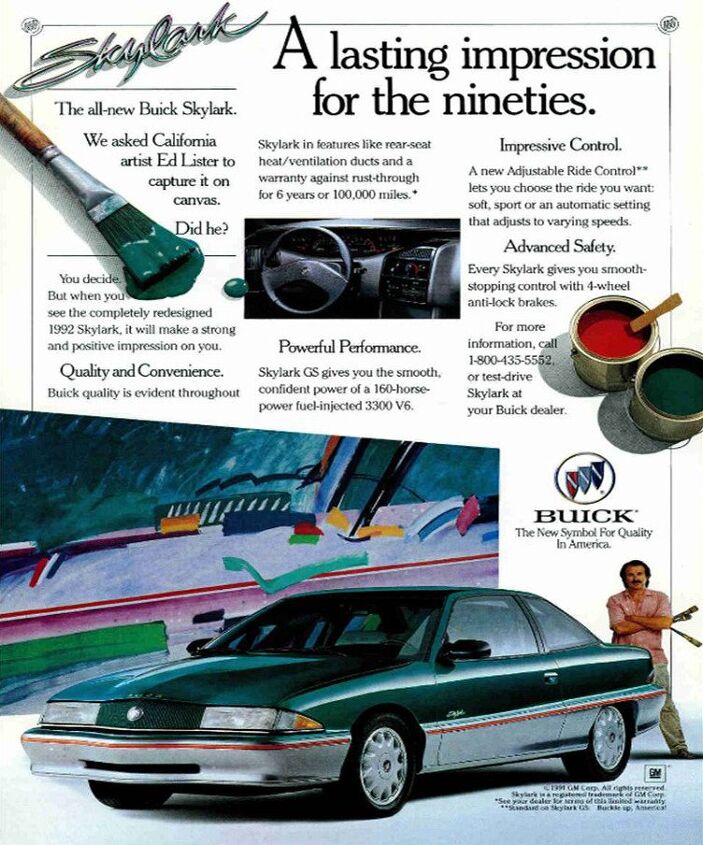#irs
New IRS Guidance Opens the Door to Tax Credits for Leased EVs That Bypass Final Assembly Rules
Tax credits for electric vehicles have never been the easiest to understand, and the changes recently made with the Inflation Reduction Act have caused even more confusion. The legislation rebooted the federal EV tax credit, bringing new requirements on final vehicle assembly and raw materials sourcing. Though at first, it appeared the new rules would exclude EVs from some of the country’s most popular automakers, the IRS released more guidance that seems to leave a small loophole open for hopeful buyers seeking a credit.
IRS Rolls Back Standard Mileage Rates for 2021
The IRS has issued the 2021 standard mileage rates used to calculate the deductible costs of operating an automobile for business, charitable, medical, or moving purposes.
Gaming the System? Treasury Department Complains of Unworthy EV Credit Recipients
Tax credits are a great way to stimulate purchases or participation, and in the politician’s mind, they often take precedence over affordability measures that would benefit broader swathes of society. That being said, they’re here to say… unless you’re referring to the slowly vanishing federal EV tax credit.
Automakers like Tesla and General Motors are already watching their $7,500 credits halve, then halve again, after surpassing the 200,000-vehicle threshold that starts the countdown to a credit phase-out. Now, the Treasury Department is claiming some recipients of the eco stimulus shouldn’t have received it in the first place.
IRS Plug-In Vehicle Credit Cap Data Lacking Accuracy, Detail
In 2008, Congress passed a tax bill that would provide a credit of up to $7,500 for customers who purchase plug-in vehicles as a way to encourage adoption of cleaner vehicles. The credit would last in full for the first 200,000 units an automaker sold, then phased out over the course of 12 months.
The problem? The agency responsible for handling the credit, the Internal Revenue Service, has no clue as to where things stand as far as that cap is concerned, despite every automaker that sells a plug-in model reporting the figures every quarter, as required by law.
Did Obama Administration Help Delphi Evade U.S. Taxes?
From Bloomberg’s Zachary Mider comes a new allegation regarding the restructuring of (formerly) American parts maker Delphi: the Treasury Department under Obama helped the company re-incorporate in England as part of a tax avoidance strategy. If that’s true, it’s an embarrassing revelation for a President who recently condemned American companies that incorporate abroad as “corporate deserters.” Like many things in the financial world, however, appearances are often deceiving.
BOF, IRS, CKD, SUV… Automotive TLAs, What Are Your Most (and Least) Favorite Acronyms?
Toyota Corolla and Auris Comparo – How Much Difference Does IRS Make?
Auris Touring Sports. Full gallery here.
In a post by our managing editor about that part of the European automotive market referred to as the “C segment”, what Americans would call compact cars, some of our readers commented on how “Toyota Corolla” means different things in different parts of the world. In Europe, Toyota sells a Corolla branded car based on its subcompact platform. The car that Toyota sells in Europe that is most comparable to the North American Corolla is called the Auris there. While built on the same platform, the Auris comes with a multilink independent rear suspension, while the U.S. spec Corolla gets a less sophisticated torsion beam setup in back. At the ride & drive for the launch of the 2014 Corolla that I attended a few months ago I asked Paul Holdridge, vice president of sales for Toyota Division, Toyota Motor Sales, U.S.A, how come Europe gets IRS and we don’t. Holdridge said it had to do with differing driving styles, needs and expectations of American and European consumers. One might thing that means that American drivers don’t care that much about better handling, but it seems to me that the differences between the Auris and the U.S. spec Corolla may have more to do with the expectations of Europeans, than American driving styles.
Piston Slap: What Would Ed Lister Do?
Sajeev,
I’m faced with a problem that’s hard to solve: the problem of being 21 years old and stuck with a grandma car. I drive a 1995 Buick Skylark coupe with the GM 60 degree V6 (3.1 liter) and a four speed automatic transmission. It handles rather decently for a pedestrian GM product, but as you would expect from a lower-RPM pushrod V6 hooked to a 4-speed slushbox, it has about as much power as Queen Elizabeth II.
I tried to sell my car and upgrade to something more speed freak 21-year-old friendly, but gave up after not even getting close to a sale. My question is…should I sell the car at a rock bottom price just to get a more lively set of wheels, or invest a couple of bucks trying to make the old Buick a bit less of a snoozer?























Recent Comments